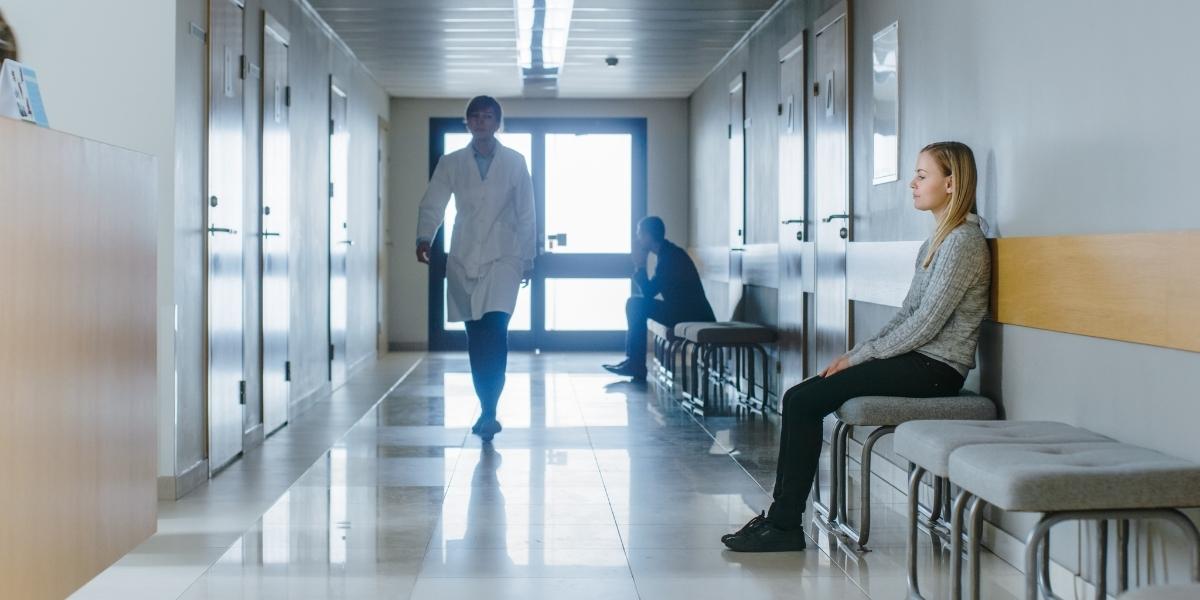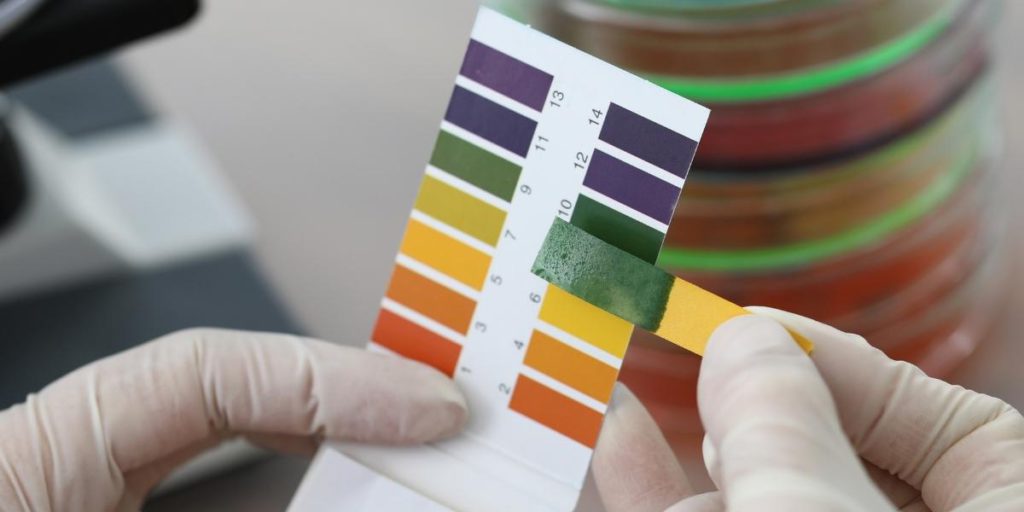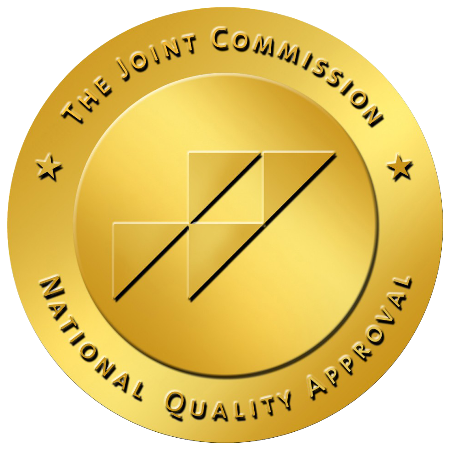Harm Reduction and Substance Use Prevention
What Is Harm Reduction vs. Recovery?

The main focus of drug prevention and harm reduction programs is to promote evidence-based services and methods to address individual and community needs and provide education about recovery options.
Most people are already familiar with some basic harm reduction campaigns but know them by other names.
Many campaigns and initiatives are harm reduction practices that aim to reduce harm and raise awareness about risks and protective factors to improve public health.
For instance, in the United States, ad campaigns with slogans like “friends don’t let friends drive drunk” and different laws and programs to deter drunk driving are harm reduction measures.
The goal of harm reduction is not to stop substance abuse altogether but to make people with substance use disorders as safe as possible until they are ready to address their substance abuse.
What Is Harm Reduction?
Harm reduction is an umbrella term covering outreach programs, community initiatives, health care approaches, and policy changes that attempt to reduce and address the harm caused by addiction.
Harm reduction approaches range from prevention programs for young people, needle exchange programs, providing education for friends and family of addicts, overdose prevention, offering treatment plan options, to addressing outside factors that contribute to addiction.
One of the central tenants of harm reduction models is “meeting people where they are at,” which means recognizing that not everyone is ready or able to access the treatment and recovery services they need to stop their addiction.
Another goal of harm reduction is to remove the stigma surrounding drug users and treat them with dignity and respect while reducing the harms addiction can cause to them and the community.
Harm Reduction Principles
There are various approaches to harm reduction, but the fundamental principles remain the same. According to the National Harm Reduction Coalition, the eight foundational principles of harm reduction are:
- Recognize that drug use does and will always exist, and rather than ignore or condemn it, seek to make it as safe as possible.
- Understand that drug use is complex and involves a spectrum of behaviors from total abstinence to life-threatening, and acknowledge that some ways of consuming drugs are safer than others.
- Establish quality of life standards for individuals and their communities to measure the success of interventions and policies.
- Requires services and resources to be non-judgmental and non-coercive to maintain recipients’ dignity and agency.
- Give a voice to people who have or currently use drugs to shape programs and policies that affect them.
- Empower people who use drugs to take an active role in reducing harm to themselves and sharing information and support with other users in similar situations.
- Acknowledge how factors like race, class, poverty, sexual discrimination, trauma, and genetics play a role in addiction and treating drug-related harm.
- Never ignore or minimize the harm and danger associated with drug use.

Harm Reduction Programs
Harm reduction programs focus on reducing and preventing harm for people already using substances and preventing people at risk from beginning to use drugs or alcohol.
The most common harm reduction services are usually offered in conjunction with each other and include the following:
Overdose Prevention and Narcan (Naloxone) Distribution
The overdose prevention program’s primary focus is educating people who use drugs and those they use around on the following:
- Overdose risk factors
- How to recognize an overdose
- What to do in the event of an overdose
- What naloxone (Narcan) is and how to use it
Behaviors such as mixing drugs, changing the way you consume drugs, previous overdoses, and using while alone increase the risk of overdose deaths. Many users are unaware of some of these risks, and through education, they learn to take simple steps to ensure their safety.
For instance, Narcan (naloxone) is a legal, non-addictive medication used to reverse opioid overdoses.
The nasal spray is easy to administer to someone experiencing an overdose and can be life-saving. Providing Narcan and training to opioid users and their loved ones reduces the risk of overdoses resulting in death.
Supervised Consumption Services or Safe Injection Sites
People who inject drugs are at high risk for contracting bloodborne illnesses like HIV, Hepatitis C, Hepatitis B, and developing infections at their injection points.
Staff at these sites do not provide illicit drugs and will not physically inject users. However, these staff and volunteers will answer questions and demonstrate safe injection practices, provide first aid when needed, provide sterile injection equipment, safely dispose of paraphernalia, and monitor for overdoses.
Many intravenous drug users report using in public places like parks, restrooms, and parking lots, which can lead to becoming victims of crime, being arrested, or overdosing unnoticed. Safe injection sites remove these risks, prevent arrests, and reduce risks for emergency responders.
Syringe Exchange and Prevention Measures
Needles and syringes are intended to be used once and disposed of safely.
Reusing or sharing needles exposes users to infections, injuries, and diseases.
Harm reduction and syringe exchange sites provide sterile equipment for intravenous users and first aid assistance for those with bacterial or viral infections from shooting up in unsafe ways.
People who use drugs sometimes engage in risky sexual behaviors, leading to sexually transmitted infections (STI) and unwanted pregnancy.
Many harm reduction sites offer free condoms, contraceptive information, STI testing, and resources for people who may be victims of human trafficking.
Another vital prevention measure is drug checking and drug test kits. Fentanyl is contributing to accidental overdoses at record-breaking numbers; testing drugs for fentanyl before taking them is a life-saving measure.
It’s not just opioids that are cut or mixed. Ecstasy, Molly, and MDMA are among the most unreliable illicit drugs.
Unfortunately, in the United States, 44 states consider drug testing kits to be drug paraphernalia and apply sentences and fines to people in possession of them.
Harm reduction centers allow people to test their drugs without fear of legal consequences.

Therapy and Recovery Options
Educating people about practical and accessible options for overcoming their addictions in a non-judgemental way is a large part of harm reduction.
Many people with substance use disorders are unaware they have a legitimate medical condition and that evidence-based programs exist to help conquer their addictions.
Harm reduction centers and their staff work closely with mental health and social services to educate users and provide contact with treatment programs that offer rehabilitation, medical advice, and solutions to all aspects of addiction and the harm it has caused.
How Effective Is Harm Reduction?
Studies have proven that harm reduction initiatives are successful in various areas.
The Department of Health and Human Services (HHS) considers harm reduction an essential part of its overdose prevention strategy.
The National Institutes of Health (NIH) conducted a study showing that young people who experienced prevention training showed a lower rate of experimenting with drugs and alcohol in follow-up interviews.
The National Institute on Drug Abuse (NIDA) estimates that for every dollar invested in harm reduction measures, communities save up to $65 in costs.
What Is the Difference Between Harm Reduction and Recovery?
Harm reduction doesn’t exclusively preach abstinence-based programs; harm reduction focuses on maintaining a quality of life and the immediate safety of people who are not currently able to overcome addiction.
Harm reduction and prevention programs are undeniably helpful tools in fighting addiction, but they are not a permanent solution for people battling substance abuse.
Recovery seeks out the roots of addiction and focuses on the most effective ways to permanently overcome addiction and learn new coping mechanisms to conquer the urges to use in the future.

Individualized Addiction Treatment
No matter where you are in your struggle with substance abuse and addiction, our caring and experienced team at Northridge Addiction Treatment Center is ready to help you start your path toward a new life in recovery. Our supportive family environment fosters your confidence for a lasting and meaningful recovery.
Surrounded by the calming beauty of Los Angeles’ San Fernando Valley, our intimate residential treatment center gives you judgment-free, personalized attention to address and overcome all aspects of your addiction. We offer on-site medical detox to keep you safe, in addition to catered meals, flat-screen TVs in every room, and a pool with a hot tub for your comfort.
NATC only uses evidence-based treatment therapies to ensure your long-term success. Dual diagnosis and medication-assisted treatment address your mental health and wellbeing, while behavioral and dialectical therapies teach you positive coping skills and healthy habits.
Break the cycle of addiction today. Our treatment specialists are eager to address any concern or question you may have. Reach out now.
Find Meaningful Recovery
Our caring and compassionate specialists are eager to help you comfortably navigate this journey to recovery. Our individualized treatment plan, programs, and therapies may be a perfect match for you or your loved one. Let us assist you in living the happy life you deserve. It starts with a phone call.




